
ANSWER THIS QUESTIONS
The answers to the questions above will allow you to create your BOM, or Bill Of Materials.

COPYRIGHT
It is the most used license, especially by prestigious companies and authors, and implies that only its author can use, modify and distribute its content. If a third party wishes to use it, the express authorization of the author is essential for that specific purpose and, in many cases, the payment for its use. Any content available on the Internet that does not specify a type of license, is automatically protected by copyright, although they may be used, with limitations, for educational purposes or in news.
With the proliferation of online stores for downloading digital content and in order to maintain the rights of authors and publishers, the industry created a digital rights management system and anticopy program known as DRM. DRM is a protection against copying that is largely included in commercial digital products such as software, music, videos, ebooks, etc., and which limits both the use of the acquired digital product, which is usually linked to a brand of device or platform, as the number of private copies allowed. Apple has recently unchecked its use for music downloads from its iTunes store because it is considered harmful to its customers. In addition, consumer entities consider that DRM violates their rights and question their effectiveness.
COPYLEFT
Copyleft, identified by an inverted C in a circle. It is a type of license that offers the possibility of using, copying and redistributing a work and its derivative versions simply recognizing its authorship. In essence, it is the opposite system to Copyright and does not require author authorization for its use.
As of Copyleft, almost all the types of licenses used for the distribution of digital content on the Internet are born. Among the most popular are Creative Commons (CC).
CREATIVE COMMONS
The collaborative essence of the internet, copyright and art are some of the themes that converge in Creative Commons (CC).
This regulation, or philosophy for some, focuses on changing the traditional perception of copyright that says 'All rights reserved' by 'Some rights reserved'; and to achieve this, it has created licenses that allow everyone to share content on the web (ideas, research projects or artistic works), in an informed and consensual manner.
In fact, if in the traditional system of copyright the fundamental principle is that any use of a work must have the express permission of the owner of the copyright - that is to say of the author or creator of the work - for the Creative Commons licenses The principle is creative freedom. For this reason, this system can not be conceived as an enemy of copyright, but as a complement and a way of making us more aware of the importance of this topic in our culture.
We can interpret the Creative Commons licenses as permits that we give to others to reproduce or modify our contents in the digital ecosystem. They are free, and the fact that we include them on our website or in our work allows us to enter a system that automates the search for 'common' content or under license 'CC' on the internet. In this way, when you license your work, you will be establishing general conditions that will be incorporated digitally into the work, so that a search engine can easily identify them.
Having a Creative Commons license does not mean that the works do not have copyright. They are rather a way of offering some rights to third parties, under specific restrictions. Here I present them:
Attribution
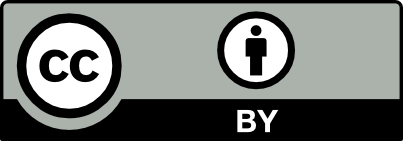
This license allows others to distribute, mix, adjust and build from your work, even for commercial purposes, provided that the authorship of the original creation is recognized. This is the most helpful license of all, and is also the most recommended for maximum dissemination and use of the materials subject to the license.
Attribution - Without Deriving
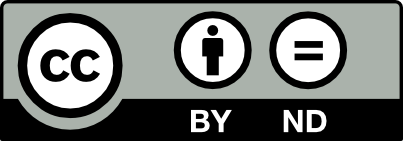
This license allows redistribution, commercial or non-commercial, as long as the work circulates intact and unchanged, giving you credit.
Attribution - Non-commercial - Without Deriving
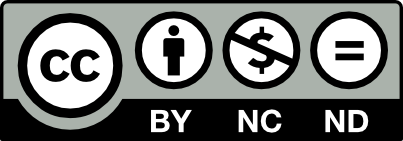
This license is the most restrictive of the six main licenses, since it only allows others to download the works and share them with other people, as long as their authorship is acknowledged, but they can not be changed in any way, nor can they be used commercially.
Attribution - Non-commercial
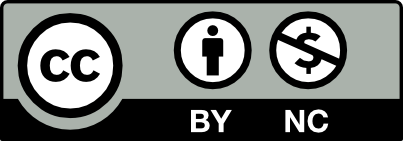
This license allows others to distribute, 'remix', retouch and create from your work in a non-commercial way. Although your new works must always be mentioned and maintained without commercial purposes, the people who made them are not obliged to license their derivative works under the same conditions.
Attribution - Non-commercial - Share the same
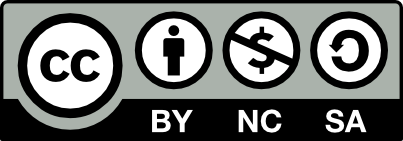
This license allows others to distribute, 'remix', retouch and create from the work in a non-commercial way, as long as they give you credit and license their new creations under the same conditions as you.
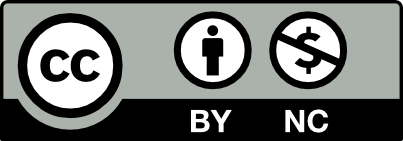
This license allows others to "remix", retouch and create from your work, even for commercial purposes, as long as they give you credit and license their new creations under the same conditions as you. It is usually compared with the copyleft licenses of free and open source software. All new works based on yours will carry the same license and, regardless of the quantity, the derivative works will also allow commercial use. That's the license that Wikipedia uses, and is recommended for websites or proposals that would benefit from incorporating Wikipedia content and / or projects with similar licenses.
GNU GPL (General Public License)
It is a license created by the Free Software Foundation in the 80s to protect the free distribution, use and modification of software and its documentation. On this license, e-commerce platforms called Free Software have been developed, such as OSCommerce.
FREE ART LICENSE (LAL)
It is Specially for artistic work.
COLORIURIS
It is created by a Spaniard, is a mixed system between self-management and the transfer of copyright. It is intended for creators of literary, musical, audiovisual and photographic contents. It has worldwide legal validity.
How to know what is the license I need?
To correctly choose the license that best suits your needs, it is important that you ask yourself two questions: Do I want to allow the adaptations of my work to be shared? and do I agree with the commercial uses that my work may have? The answer to these questions will help you select the license.
Once you decided what the license is, and if you have a website that fulfills the function of making your idea known, your project or your work, you can copy the code that you will find here and embed it in your site, so that everyone will know that This idea or proposal is protected by a Creative Commons license. The code corresponds to the Creative Commons license icon that will be visible to anyone who is interested in your work.
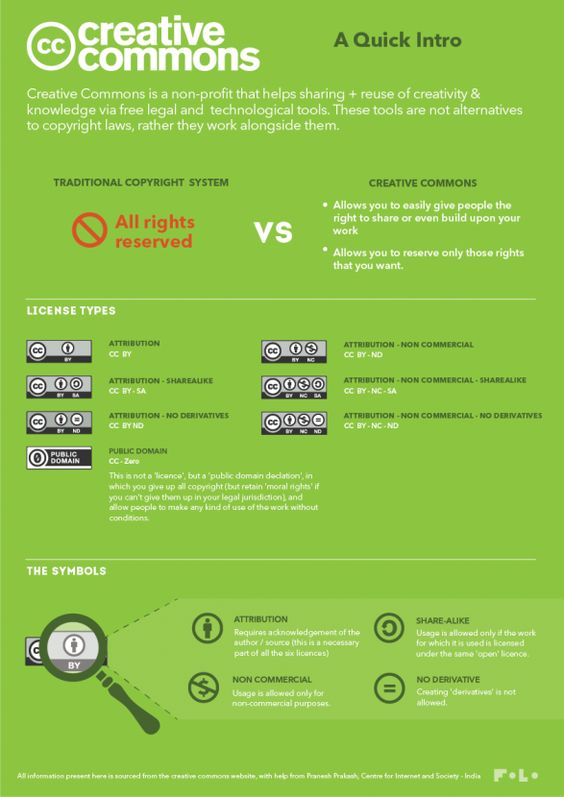
Within the types of creative licenses, there are two that attract a lot of attention and are:
The one that I will choose for protect my final project and all creations that I have fabricated in FabAcademy's program and is in line with the ideology of a community and social developer is the first one, Sharable - Non Commercial - Attribution license the idea is everybody know my works, and use to create new technology or technological process
Next I show the process of selection of the license in the page of Creative Commons

Jose Acosta and his Program´s work is under a Creative Commons License Attribution-NonCommercial-ShareAlike 4.0 International.
We are currently in the fourth digital revolution, opening up new technologies such as digital manufacturing, which allows each of us to be the creators of our technology, which allows the development and creation of inventions to increase. meaningful way, but what about intellectual property? The use of an appropriate intellectual property system will have positive or negative conclusions in our creations, Creative Commons is having a very warm reception today for its types of licenses. According to the chosen license, new opportunities can be created so that other developers, based on experiences or projects carried out previously, can be a starting point to create derivative or new inventions.
The project can open many opportunities in the Latin American market, since there are many supermarkets that may require this solution. But to achieve this, it is important to carry out certain activities using entrepreneurship methodology that will allow converting the propotype into a business idea. Some tools that can be used to generate opportunities from the project are detailed in the following point
For this, I have identified some outline posibilities to do that will allow to scale in the development of the prototype according to new technologies.
Creation of a digital marketing plan.- use social networks such as facebook or twitter, to reach many people or companies with this solution, video promotion channels such as youtube, vimeo, dailymotion, etc, that allow promoting the proposed solution.
Participation in creation events of StartUps.- this to form a multidisciplinary working group that will cover all the necessary aspects that a mini company can have. strengthen and improve certain prototype themes.
Creation of a business model Canvas or plan.- It is important to consider all the necessary points that may affect positively or negatively the development of our project, investors, distribution channels, value chains, inputs and outputs, a good idea could be To develop a Business Model Canvas, a good tool for canvas development online, you can use CANVANIZER